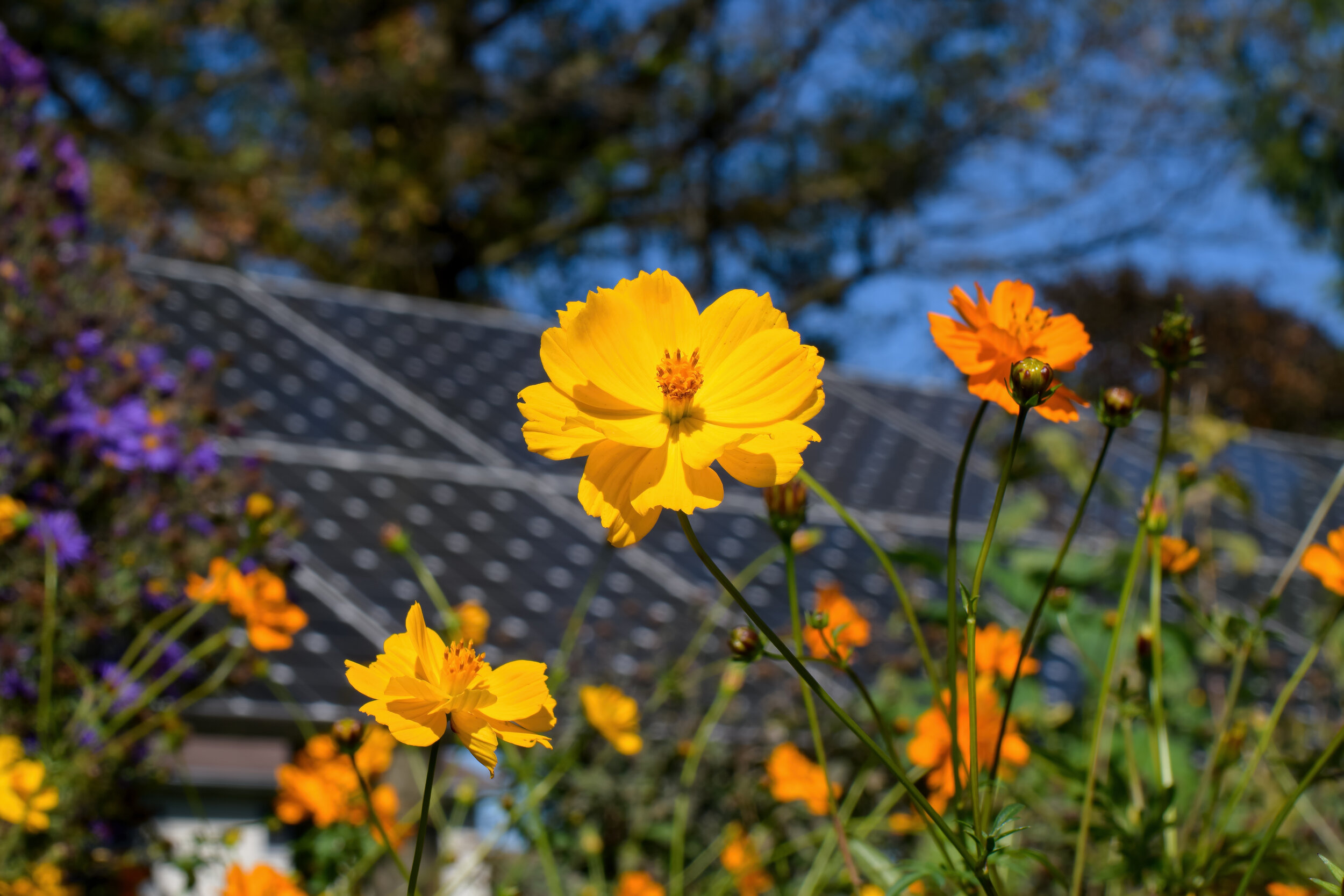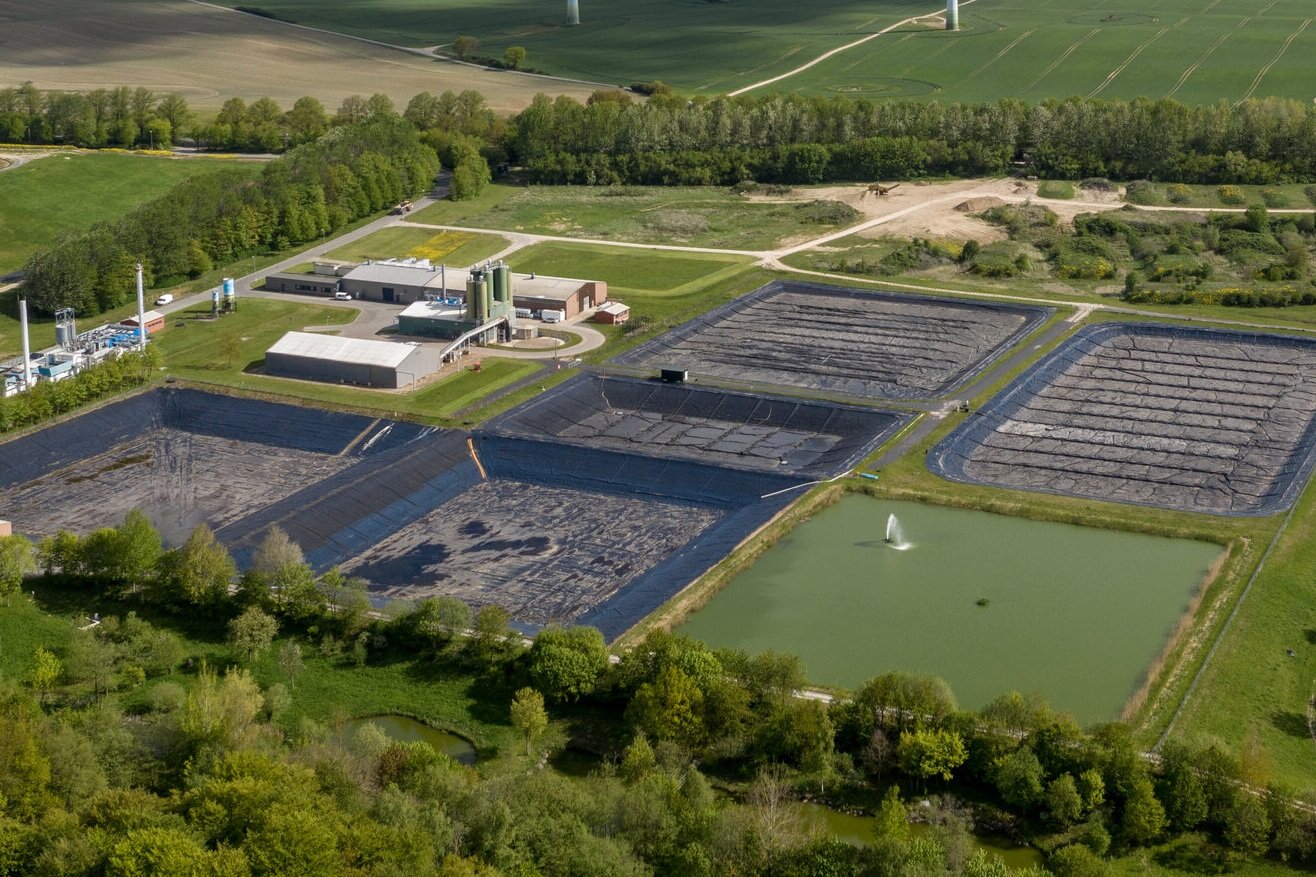
Solar and Land Issues
Land Considerations for Large Solar Projects
KCC encourages responsible siting of any energy infrastructure, and large-scale solar is no exception. Impacts to the community, environmental justice considerations, visual impacts, compatibility with wildlife, cropland, grazing land and biodiversity are just a few of the many considerations that a community needs to address when dealing with major energy projects. But reducing carbon and stabilizing the climate are issues that are also critical for farmers and their crops, and natural lands that provide critical habitat.
Clean energy is fast becoming a critical component to our national energy mix and is growing rapidly. Solar photovoltaic installers are in the top three of the fastest growing jobs in the country. And because many companies are now demanding clean energy options to meet their climate and carbon reduction goals, there has been a rapid expansion of large-scale solar projects in Kentucky and surrounding states. The change is happening so quickly that many communities may not yet be fully prepared.
We need to reduce carbon in our energy systems, and we also need to build healthy soil systems in core lands that can sequester carbon. So the nexus between clean energy and land use is an important consideration for communities and the planet. We strongly encourage communities to develop local solar siting guidance and identify zones where solar development is preferred as part of their regional and local planning process in order to properly prepare for this clean energy future. A place to start is by adopting a solar zoning ordinance such as the model developed by our allies at the Kentucky Resources Council.
Kentucky Conservation Committee has also developed a full Citizen’s Resource Guide for Large-Scale Merchant Solar to assist citizens who wish to be proactive and establish “best practices” for their community. We will provide this booklet free to citizens in order to foster better outcomes for your local needs. Please contact us to request printed copies to share in your community. You can also download the publication here.
Large-Scale Solar Land Requirements
Large-Scale solar developers are looking for lands that are:
Contiguous, generally several hundred acres, but can be as small as a few dozen acres.
Relatively flat or with a modest slope.
Close proximity to power lines and/or a utility substation (the closer the better).
Clear of obvious environmental issues such as floodplains, wetlands, and areas with endangered species.
A developer will first explore the feasibility of a site, including land slope, shading, access to grid, environmental and equity considerations, historic land use of the property (how this may impact a landscape, view shed, conversion of adjacent lands, etc), local zoning regulations and comprehensive plans, special permits and “opportunity zones.”
Once a site is identified, the developer will execute detailed site studies, financial modeling, interconnection studies (to determine how the power will be connected to the grid), and an assessment of local/state barriers.
Solar and Agriculture Resources (more available in our Merchant Solar Guide)
Community Farm Alliance Position Statement on Farmland and Climate Change
University of KY “Considerations For Future Utility Scale Solar Farm Developments”
Solar Justice Resources
Climate Change Resources
Check Back for More Resources
Farmland Special Considerations
KCC supports renewable energy production as long as it does not significantly diminish the potential for agricultural production or target significant prime farmland. We encourage communities to prioritize other lands (such as brownfields) as much as possible.
Solar projects can support the economic viability of a farm operation, and is important for addressing climate change. However, solar development in the state should not result in the loss of important agricultural lands or impede the ability of farmers to access the land base needed for their agricultural operations. Solar generation and agriculture can co-exist in a mutually beneficial manner as long as solar siting is structured to ensure the appropriate balance of these important interests.
Where possible, avoid land identified by the Natural Resources Conservation Service as “Prime Farmland” or “Farmland of Statewide Importance.”
Preferences are to use previously-developed, disturbed, degraded, or marginally productive portions of the farm property.
Encourage dual-use projects, where agricultural production and electricity production from solar installations occur together on the same piece of land.
Build, operate, and decommission projects in ways that preserve the ability for the land to be farmed in the future and that do not inhibit access to or the productivity of farmland surrounding the solar installation.
Minimize the impacts of grid connection access on the agricultural resources of the property (such as gravel pads, roads).
Where applicable, there should be benefit agreements that support the farm business directly (support for fencing, site electricity needs, etc.)
Additional Resources:
Request a printed copy of our full guide with additional resources using the blue button above, to share with your community. OR you can download the file HERE.
Landfills & Brownfields to “Brightfields”
When solar companies are considering a potential site, they take several factors into account, including: proximity to transmission lines and substations, topography of the land, contiguous acreage, and other factors. In some communities, there may be sites you know of that would be suitable for development that would also provide beneficial re-use.
However these kinds of sites may also have specific challenges, and most importantly, environmental justice implications (such as existing pollution impacts to nearby communities) and therefore the restoration or remediation issues, and community history, should be paramount when considering any such sites. But if sited properly with local community engagement and justice considerations, these sites may provide solutions that will benefit both the developer and the local community. It is important to be proactive and identify these potential sites in advance in order to attract developers to these sites as alternatives to projects near prime agricultural lands. Your community may also consider special incentives for companies who prioritize beneficial re-use of impacted lands. If your city or community has a retired landfill, for example, this might be an ideal site to retrofit with solar installations. They must be capped, and special consideration must be given to the solar rack/mounting process so as to retain the integrity of the landfill cap structure (non-penetrating ballast anchors or booted/sealed anchors that are designed to keep the landfill cap intact).
Mine Lands
While the technology may be available to re-utilize mined lands, these lands are often within communities that have experienced serious environmental challenges relating to the retirement of a particular mine site. Social justice issues and early community engagement should be at the forefront of these kinds of projects. Particular attention should be to establish advance community benefit agreements, utilizing a local workforce and suppliers, ensure adequate bonding and remediation plans, and special attention to runoff and flooding issues that may have existed from previous mine operations.
Also, look for opportunities to work with the developer to restore or rebuild soil quality to an impaired site during the life of the project. Organizations such as the Appalachian Regional Reforestation Initiative (ARRI) are beginning to look at how to integrate their reforestation projects alongside solar projects in previously mined areas.




